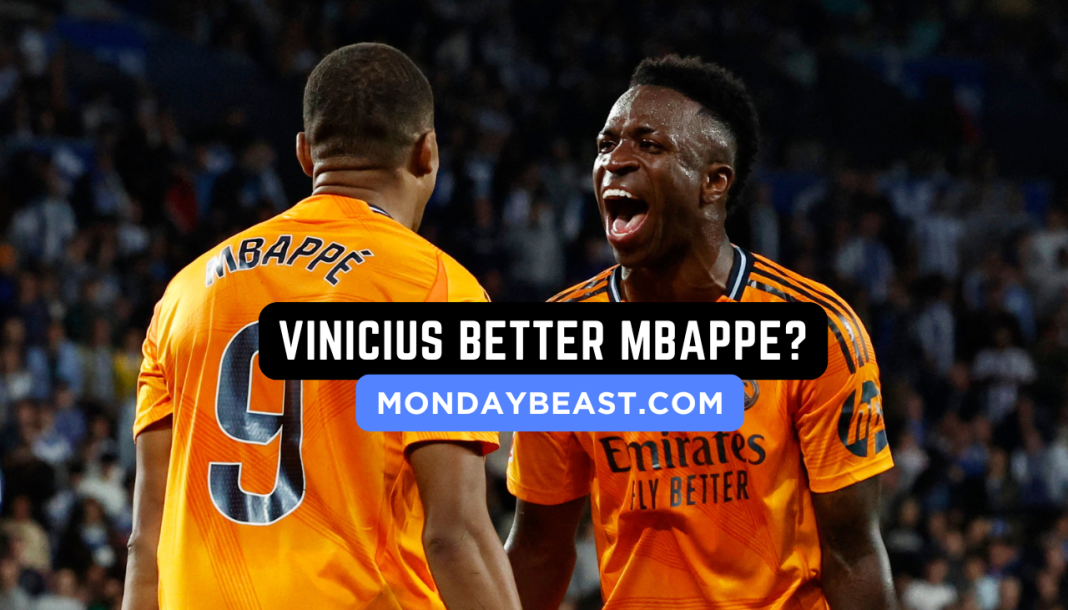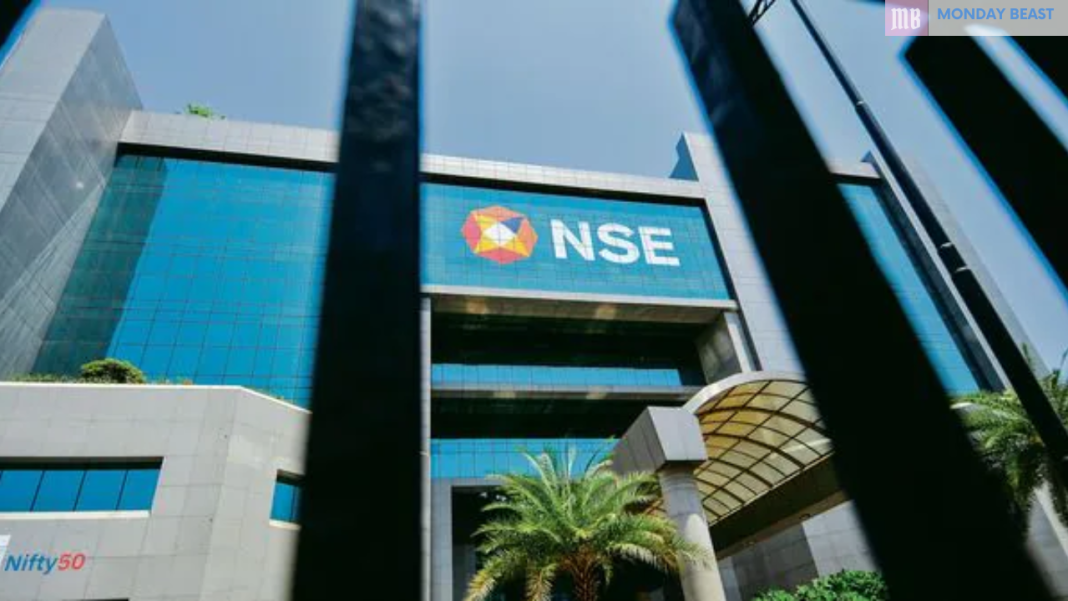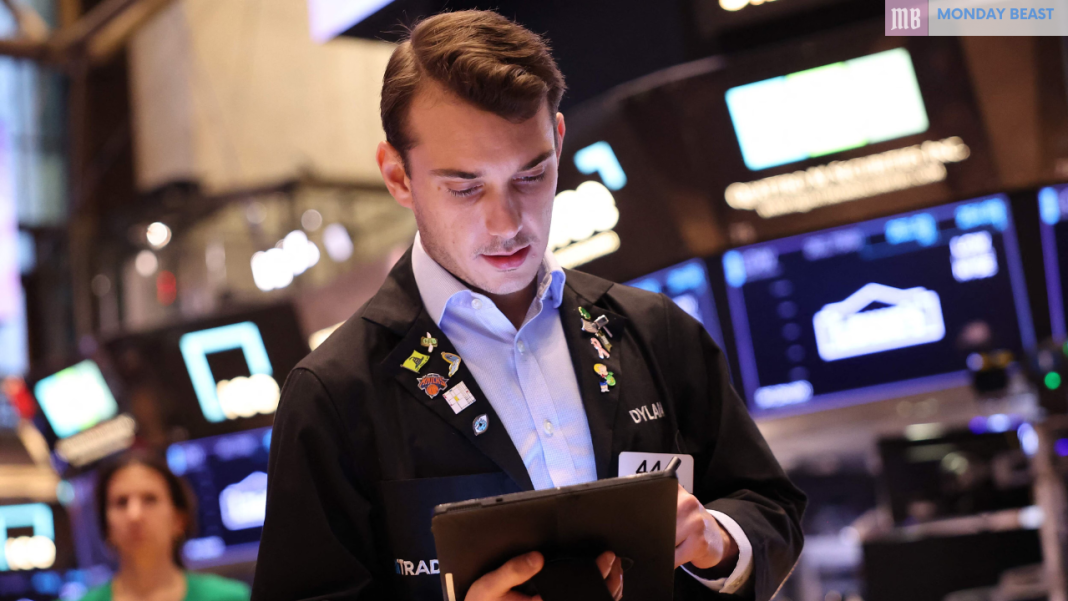Real Madrid’s victory opened up a new chapter in their season. Coach Carlo Ancelotti has embraced an unexpected experiment. Moving Vinicius Jr. into a different role caught everyone off guard. But the gamble paid off, showcasing real evolution.

The match against Leganés wasn’t just a showcase of talent. It highlighted a sensible structure. The 4-2-3-1 formation allowed a unique dynamic. Eduardo Camavinga and Dani Ceballos formed a double pivot. They provided stability and creativity in equal measure.
Ceballos commanded attention throughout the game. With 100 touches and an impressive 95.5% passing accuracy, he dictated the tempo. His unwavering presence ensured balance in the midfield. It was like watching a conductor lead a symphony, with each note played perfectly.
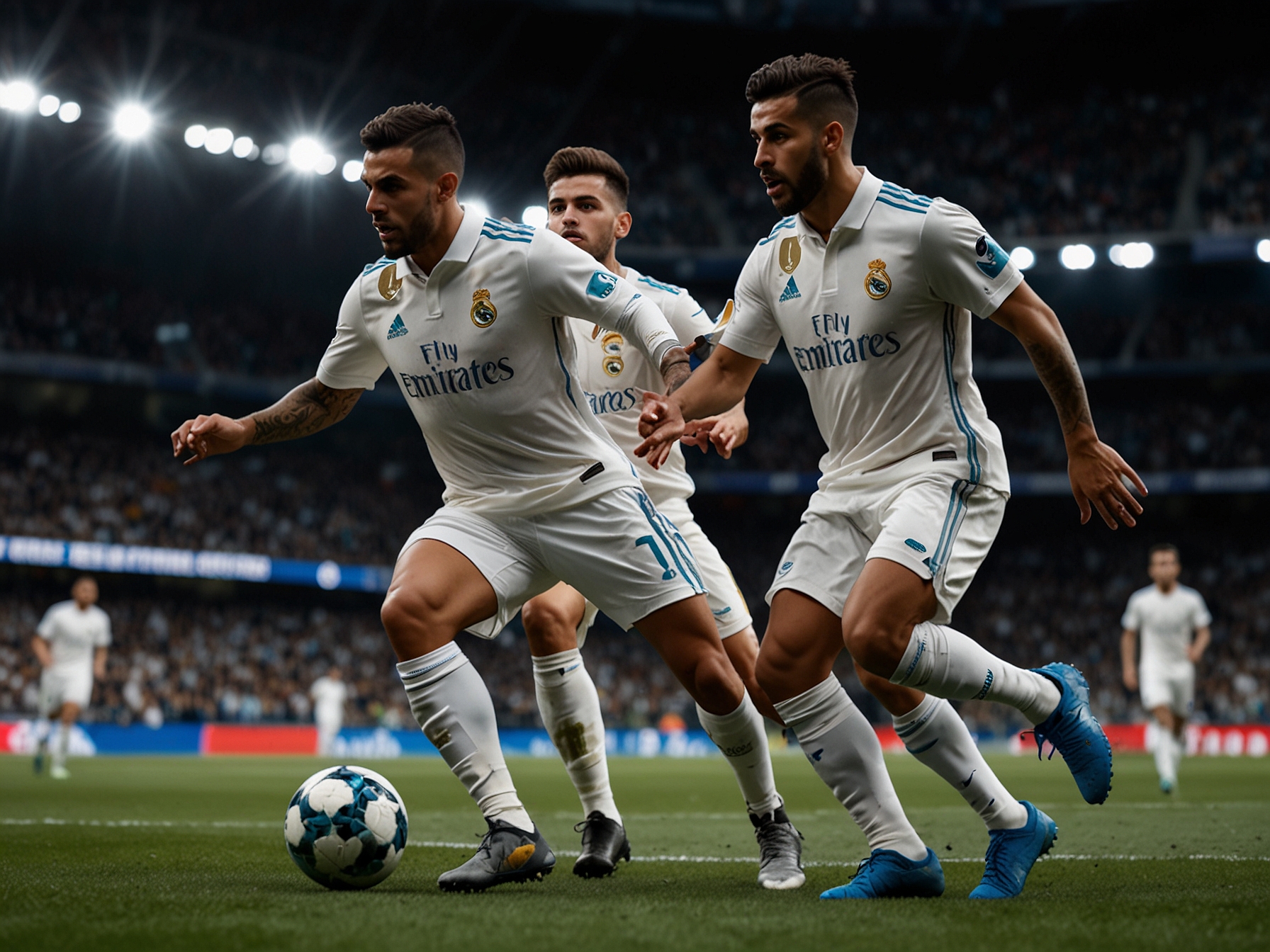
Meanwhile, Camavinga held down the fort defensively. Together, they forged a formidable partnership. This duo not only complemented each other’s styles but also brought the team’s play to another level. Can Ceballos continue this form?
Potentially, he could step in for Toni Kroos in the future. His skills are refined, and he possesses the endurance that Real Madrid’s system craves. The question looms large: How will his growth affect the team’s structure?
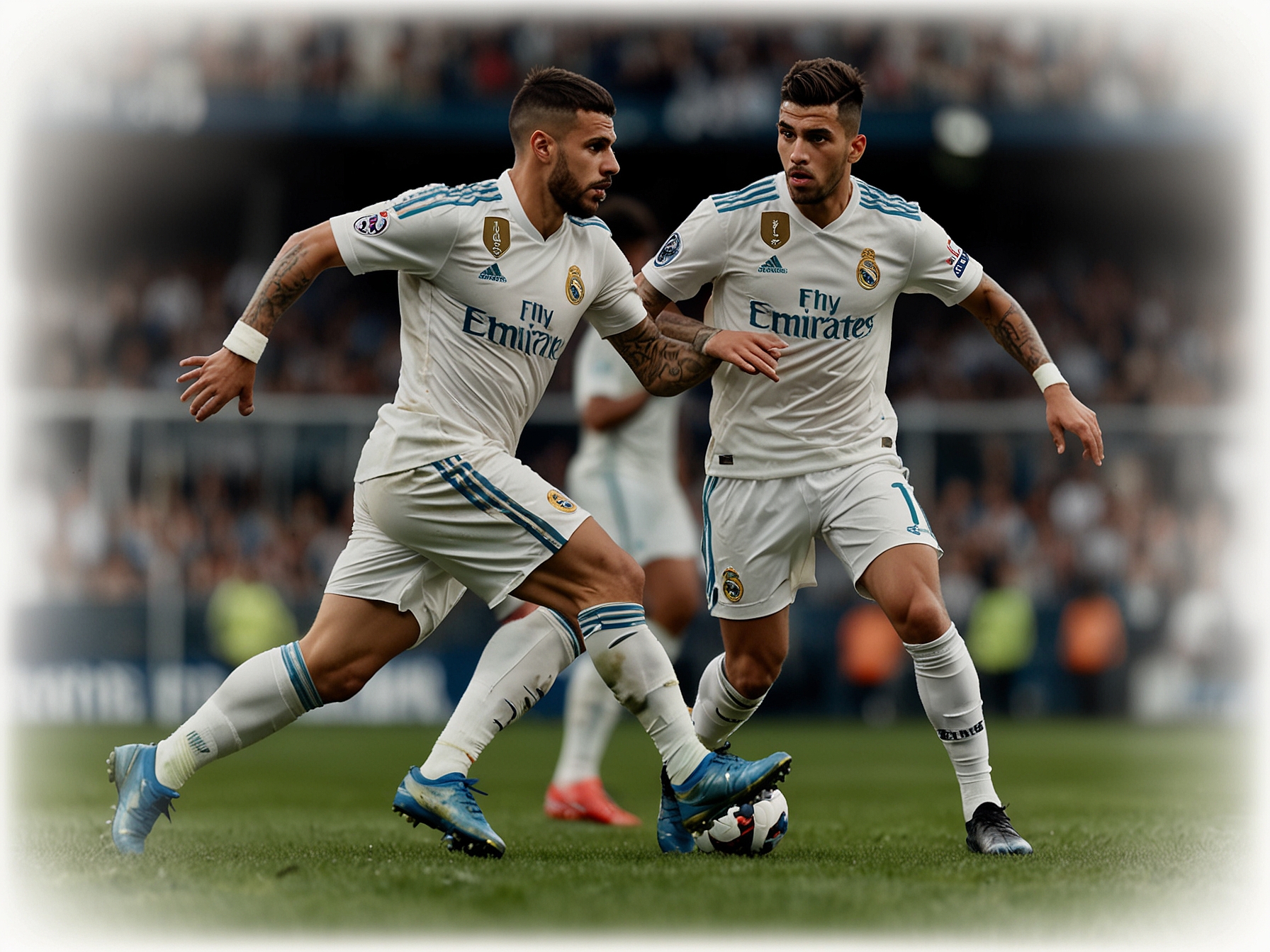
On the younger side of the spectrum, Arda Güler made waves. His absence from the starting lineup for over two months was glaring. Yet, with a strong performance, Güler proved he could still shine. He assisted Federico Valverde, leaving an indelible mark on the match.
Güler’s creativity was a breath of fresh air. One particular move showcased his skill—a turn and pass through defenders that delighted fans. Such moments can ignite future possibilities. Coaches often hope for this kind of spark.
Ancelotti praised Güler, affirming his potential. “He’s only just beginning,” he stated, reflecting optimism. Fans are left wondering what Güler’s ascension means for the season ahead. Can he push through the ranks and secure his place?
Most importantly, what does this mean for Real Madrid? With emerging talents alongside established giants, the team seems more dynamic. It hints at versatility, a much-needed trait in today’s game. Future matches could be game-changers.
So, as Los Blancos navigate their season, curiosity abounds. Are these tactical evolutions enough to sustain success? Only time will tell. But one thing is clear: the landscape of Spanish football is shifting, and Real Madrid stands at the helm.
In this era of uncertainty, can Real Madrid adapt fast enough? Fans hold their breath. With a mix of youth and experience, the potential for greatness is ripe. Will they seize the moment?

